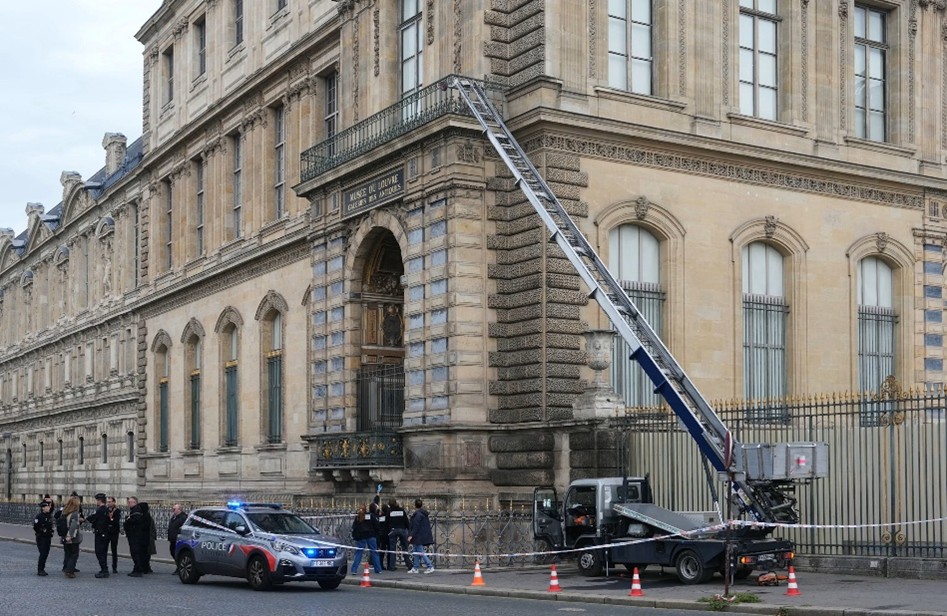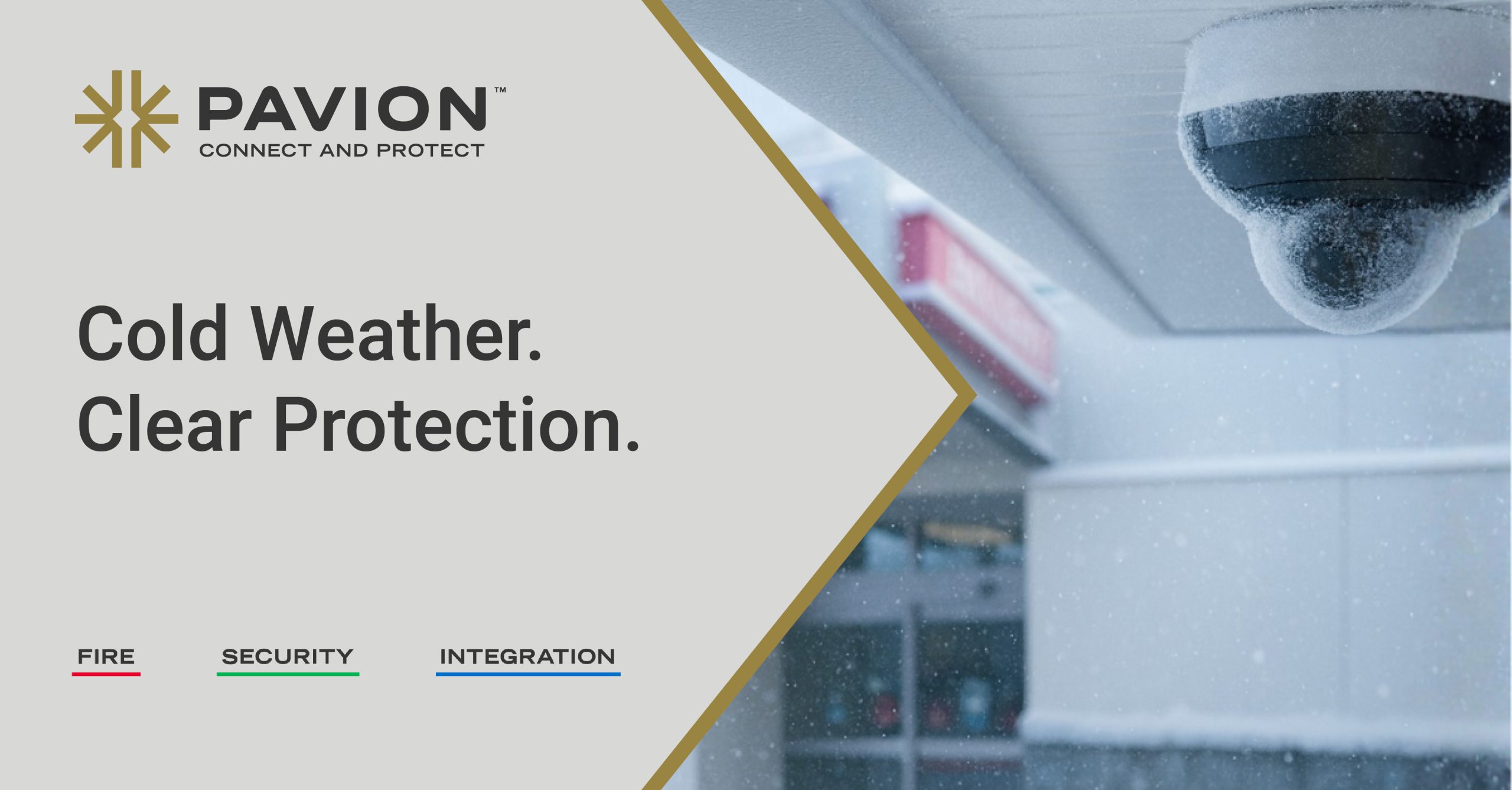
When Seconds Matter: The Critical Role of Mass Communication During Emergencies
Emergencies do not wait for convenience or preparation. They arrive suddenly, often without warning, and demand immediate action. In those critical first moments, when people must react quickly to stay safe, communication is the stabilizing force that guides their decisions. It is not an accessory to safety planning. It is the foundation that makes every other life safety action possible.
Whether the emergency is a fire, a severe weather event, a medical crisis, a facility threat, or an operational disruption, the path to safety always begins with information. The faster that information is delivered, the more effectively people can respond. When seconds matter, clear and immediate mass communication is the most powerful tool an organization can have.
Emergencies Create Instant Information Gaps
When something goes wrong, the human mind senses danger before it understands it. People hear an alarm, feel a vibration, see smoke, or notice others reacting. But without context, they do not know what to do. Confusion fills the space where information should be.
This lack of clarity creates risk. Uncertainty leads people to freeze, gather incomplete information, or make unsafe assumptions. During that hesitation, precious seconds are lost. A delayed response can turn a manageable situation into a dangerous one.
Mass communication bridges this gap. Instead of relying on instinct or speculation, individuals receive clear direction. They know what happened, where it is happening, and what they need to do next. That clarity transforms panic into purpose.
Why Every Second Matters
Every emergency unfolds in a series of small decisions. Individuals must choose when to move, where to go, and how to act. The faster they receive trustworthy information, the faster they can make those decisions.
A few seconds can determine whether someone evacuates before smoke spreads, reaches shelter before severe weather arrives, or avoids an area where a threat is unfolding. Even small delays can escalate danger.
When organizations provide immediate alerts, they shorten the distance between awareness and action. That speed saves lives, reduces injuries, and limits property damage. It also helps responders gain control sooner, reducing long term impact.
Clarity Prevents Chaos
In an emergency, people do not just need information. They need clear information.
Unclear or inconsistent messages increase stress and create competing interpretations of the situation. That confusion can lead to overcrowded exits, unsafe routes, or conflicting instructions between departments. It can also lead individuals to ignore alarms altogether, assuming the threat is minor or a false alert.
A mass notification system delivers consistent, unified messaging across an entire campus, facility, or organization. Whether through speakers, strobes, mobile alerts, digital signage, desktop pop ups, or integrated communication systems, the message is the same for everyone. This consistency prevents mixed signals and keeps people aligned.
Human Behavior During Emergencies
Understanding how people behave in crisis situations helps explain why mass communication must be fast, clear, and authoritative.
People look to others when they are uncertain.
Without explicit instructions, they may follow crowds or imitate behavior that is unsafe.
People often underestimate risks.
Without strong direction, individuals may attempt to finish tasks, retrieve belongings, or stay exactly where they are.
People respond best to authoritative instructions.
A clear voice or trusted alert system motivates immediate action far more effectively than guessing or interpreting environmental cues.
Mass communication systems guide behavior by replacing uncertainty with direction. They turn instinctive reactions into informed decisions.
Communication Is the First Layer of Protection
Every life safety strategy, from evacuation routes to emergency action plans, depends on communication. Response cannot begin until people know what is happening and how to respond. This makes communication the first layer of protection and the doorway to all remaining safety measures.
When communication is delayed, every subsequent step slows down. Evacuations start later. Responses start later. Resolutions take longer.
Consistently fast alerts create a culture of readiness. When people know they will receive reliable instructions, they trust the system and are more likely to respond quickly.
Modern Threats Require Modern Communication
Today’s emergencies extend beyond traditional fire alarms or weather alerts. Organizations face a wide and evolving set of threats including workplace violence, cybersecurity incidents, hazardous spills, natural disasters, utility failures, and operational disruptions.
These threats often move quickly, leaving very little time for manual communication through phone trees or intercom calls. Modern emergencies require systems that can distribute instructions instantly and simultaneously across multiple channels.
A strong mass communication strategy includes:
- Multi channel alerting for maximum reach
- Automatic message triggers for high speed response
- Location specific alerts for targeted safety actions
- Redundant delivery paths to avoid communication failures
- Integration with fire, security, and building systems
The goal is simple. Deliver the right message, to the right people, at the right time.
Reducing the Cognitive Load During Emergencies
During a crisis, stress limits the brain’s ability to process information. Long or overly detailed messages can confuse people when they need quick, decisive guidance.
Effective mass communication uses short, direct messages with immediate action steps such as:
“Evacuate the north wing now.”
“Shelter in place immediately.”
“Move to interior rooms away from windows.”
“Avoid the east entrance. Restricted area.”
These clear instructions reduce mental processing time and eliminate doubt. They help people act faster with more confidence.
Mass Communication Protects More Than People
While life safety is the top priority, mass communication also protects operations, continuity, and organizational resilience. Fast communication:
- Reduces downtime
- Helps maintain operations during disruptions
- Protects property and equipment
- Supports compliance with regulatory requirements
- Enhances coordinated response among departments
The ability to notify large groups instantly ensures that leadership can execute emergency plans effectively and limit long term impact.
When Seconds Matter, Communication Decides the Outcome
In every emergency, there is a moment when people need clarity more than anything else. They need to know what happened, what it means for their safety, and what action they must take. Mass communication transforms confusion into direction and hesitation into movement.
It is the most essential tool an organization can deploy when seconds matter. Fast, clear, and unified alerts save lives, reduce chaos, and give people the confidence to act.
When emergencies strike, the message makes the difference.



